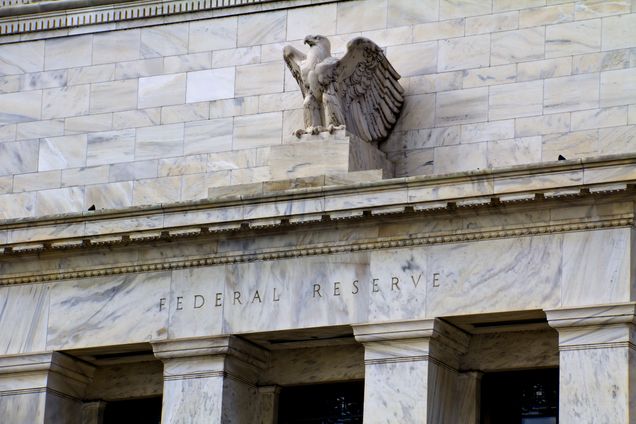“Where’s My Swap Line?”: A Money View of International Lender of Last Resort

It has been some 20 years since Stanley Fischer, then First Deputy Managing Director of the International Monetary Fund (IMF), pointed out that a world with international capital mobility needs an international lender of last resort for countries facing an external financing crisis. He went further to suggest that the IMF might itself play that role despite the fact that the IMF is not a bank and, as such, is unable to create money. Nonetheless, he argued it could still help its members by lending from the resources already available to the IMF, and could also potentially create new international reserves in the form of Special Drawing Rights (SDRs). Fast forward to August 2021, and the IMF has extended $650 billion in new SDRs, about $275 billion of which will go to emerging markets and developing countries to help with external financing crises caused by both the climate crisis and the pandemic.
Meanwhile, on a separate track, the world has seen the emergence of a rather different system of international lender of last resort, organized as a network of central bank liquidity swap lines largely limited to the core countries of the Global North. In this system, central banks swap their own currency for dollars, which they then on-lend to their own banking systems as needed. During the Global Financial Crisis of 2008-2009, the US Federal Reserve lent almost $600 billion in this way, and in the March 2020 coronavirus “dash for cash,” it lent almost $500 billion. More recently, the Fed’s new standing FIMA repo facility, established in July 2021, allows additional foreign and international monetary authorities to swap their holdings of US Treasury securities for dollar reserves. Unlike the IMF, the Fed is, in fact, a bank able to create money by expanding its balance sheet on both sides, and unlike the IMF’s SDRs, the Fed’s dollar liabilities are immediately spendable to meet external financing crises.
In a new journal article in the Economic History Yearbook, Perry Mehrling highlights how the past two decades have seen the construction of a tiered system of international liquidity provision, outlining the economic logic of the new system as it now appears and using the framework of the “money view,” which sees banking as a payments system first and a market-making system, second.
Mehrling argues the international system is tiered as follows: the first includes those whose credit is sufficient for a swap line, the second includes those who can offer acceptable collateral and the third tier includes everyone else. It is a global dollar system, with the Fed operating as the de facto global central bank providing international lender of last resort support to the system. It is a system created not so much by conscious design, but rather as a pragmatic response to crisis, bit by bit over time.
According to Mehrling, the challenge now is to move from central bank market making and administrative pricing to private dealer market making and market pricing, supported by the new and recently integrated system of international lender of last resort. In this respect, the money view frame for understanding how last resort lending works may be helpful by providing an analytical frame suitable more generally for making sense of the brave new world of the global dollar monetary and financial system.
This journal article was previously published as a working paper in October 2021.
Read the Journal Article